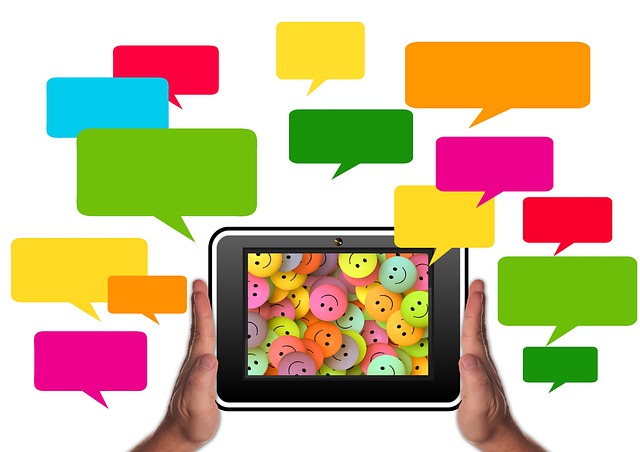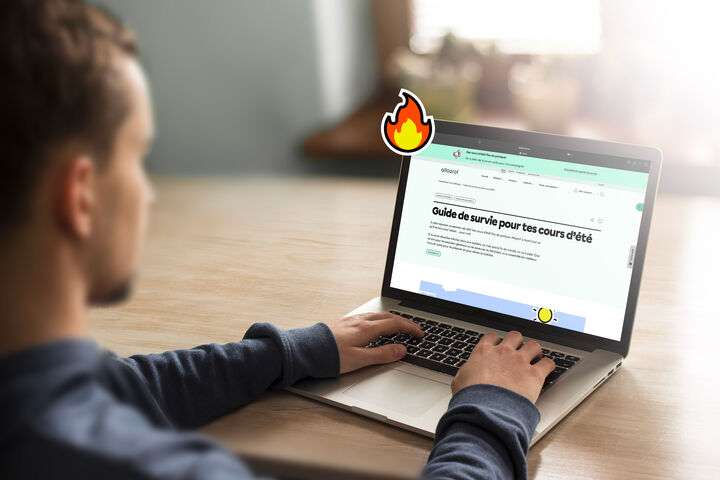Notre collaboratrice, Brigitte Léonard, a mené une petite enquête concernant les tablettes auprès de son réseau, dont elle nous livre les résultats. Aujourd’hui, elle analyse les réponses à la question : Quel est, selon vous, le plus grand avantage à utiliser les tablettes en classe?
L’arrivée de plus en plus importante des tablettes en salle de classe donne lieu, on s’en doute, à plusieurs changements dans la pratique des enseignants qui en font l’usage avec leurs élèves. Dans ce domaine, tout est à construire étant donné la nouveauté de ces appareils. Qu’ont-ils à dire à propos des avantages que représente cet outil? Quelles sont les difficultés rencontrées, au quotidien, d’un point de vue technique autant que pédagogique?
Cinquante enseignants d’Europe et du Canada ont accepté de répondre à deux questions sur le sujet, de façon anonyme. Voici une compilation de leurs réponses qui, au détriment d’avoir une valeur scientifique, peut nous éclairer sur le vécu et les convictions de ces enseignants qui innovent en offrant à leurs élèves une nouvelle façon d’apprendre à l’école.
Question 1 : Quel est, selon vous, le plus grand avantage à utiliser les tablettes en classe?
Le principal avantage, mentionné par plus du tiers des enseignants, est la motivation qu’ils observent chez leurs élèves. Qu’il soit question d’engagement, d’intérêt ou de la fierté pour les élèves de publier leurs travaux, il est clair que les tablettes contribuent de façon exceptionnelle à motiver les troupes, même pour certaines tâches jugées ordinaires, telles que la lecture ou l’écriture.
Un autre aspect sur lequel plusieurs des avis convergent est le soutien que l’usage des tablettes offre aux élèves qui présentent des difficultés d’apprentissage. Ces élèves retrouvent souvent le sentiment d’être compétents, en faisant les mêmes tâches que les autres élèves de la classe, mais de façon différente. Que ce soit par une aide à la lecture, à l’écriture, ou l’utilisation d’applications particulières qui leur permettent de s’exprimer plus facilement, les productions réalisées sont d’une qualité supérieure et contribuent grandement à augmenter leur estime personnelle.
Suivent la convivialité et la simplicité de l’outil, autant pour les petits que les grands, ainsi que l’autonomie et la responsabilisation des élèves qui résultent de l’utilisation des tablettes. Accessibles, puisque mobiles, les tablettes sont peu encombrantes et permettent de gagner beaucoup de temps en classe. Reste à mentionner le grand pouvoir de création relié à leur utilisation, ceci grâce aux multiples applications disponibles, ainsi que la versatilité de la tablette qui rend service dans toutes les matières scolaires. Finalement, mentionnons la facilité avec laquelle les élèves peuvent chercher des informations, en autant que le réseau sans fil soit disponible dans la classe.
À suivre demain!






